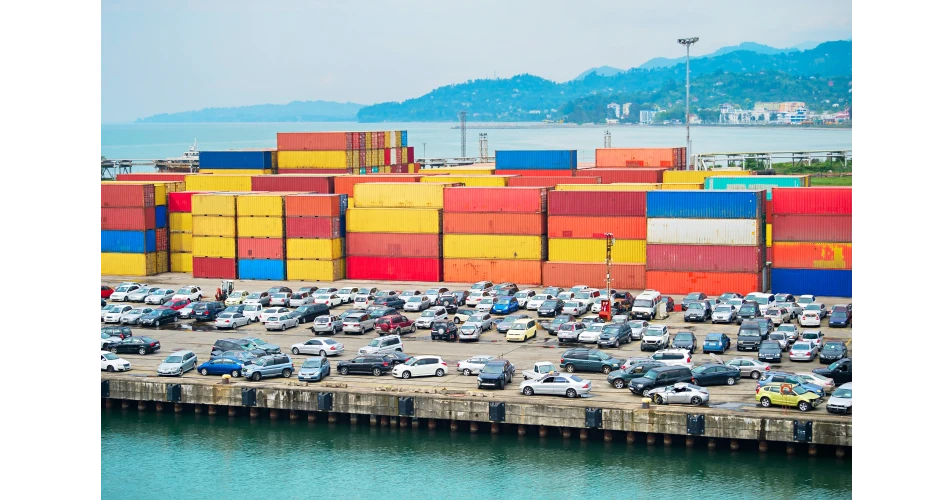The headlines about the recent car sales figures for September released by the SIMI were, once again, of the slowdown in overall new car sales and the sharp year-on-year drop in EV sales. Almost hidden in the content is perhaps the real story for the aftermarket, the continued rise in used car imports, with most now coming in from Japan.
To give this some context, last month new car sales in Ireland were 5,137, while used car imports were only 21 units behind on 5,116. That is 18.2% up on September 2023, when 4,328 cars were brought in. Year to date imports are up 24.5% on 47,738 compared to the year to date in 2023 of 38,338.
Of course used car imports are nothing new in Ireland, but what is different this time is the makeup of the cars being brought in. In the past, cars coming in from Asia were often from Japanese manufacturers, but this year VW, Audi and BMW are the top marques accounting for some 46% of imports. In fact of the top ten imported manufacturers seven are European, with only Toyota, Honda and Nissan being Asian origin car makers.
Model wise the most popular vehicles are the VW Golf, VW Polo, Audi A3, BMW 3 series and BMW 5 series, showing how smaller European models are still favoured by used car buyers. The outlier in terms of a purely Japanese model that is imported in large numbers is the Honda Fit with 1,366 examples already arriving this year.
The latest stats also show where the cars for each manufacturer are being imported from. The clear trend is that for the biggest sellers the cars are mainly coming from Japan, while for more niche demand vehicles cars are more likely to come from the UK. For example, of the 10,127 VWs imported into Ireland so far this year 7,646 (75%) have come from Japan with only 1,129 coming from the UK. 1,201 cars are classified as coming from other countries outside Europe.
For Audi, 53% of cars come for Japan, with 23% coming from the UK and 21% from the rest of the world. For BMW the figures contrast with a much higher UK percentage at 43%, with 22% coming from Japan and 33% coming from the rest of the world.
Age wise the cars coming in tend to be higher in years, with some 82% more than 3 years old. Around 18% are 4 or 5 years old, more than 41% are between 6 and 9 years old and almost 22% are over 10 years old. This of course means that the vast majority of vehicles are prime targets for independent aftermarket businesses.
Finally with regard to powertrains, 46% are petrol, 25% diesel, more than 25% are hybrid, while only 2.66% are battery electric.
 September new car sales in Ireland were 5,137 units, while used car imports were only 21 units behind on 5,116
September new car sales in Ireland were 5,137 units, while used car imports were only 21 units behind on 5,116